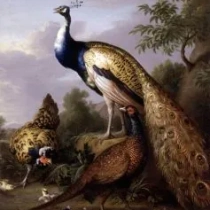 1684 - 1756
baroque
1684 - 1756
baroque
Description Tobias Stranover
Tobias Stranover, a lesser-known but noteworthy figure in the annals of art history, was born in the early 18th century in Spain. His life unfolded against the backdrop of the Baroque era, characterized by its ornate aesthetics and dramatic compositions.
Stranover's journey as an artist began with his apprenticeship under the Spanish painter Juan de Espinosa. Under Espinosa's guidance, Stranover honed his skills and developed a deep appreciation for the vibrant colors and intricate details that defined Baroque art.
The turning point in Stranover's career came with his move to England, a decision that would shape his artistic identity. In London, he found a patron in the form of Archibald Campbell, the 3rd Duke of Argyll. This connection not only provided financial support but also opened doors to the aristocratic circles that would influence Stranover's artistic subjects.
His artistic forte lay in the realm of still life, particularly floral compositions. Stranover's meticulous attention to detail and his ability to capture the transient beauty of flowers set him apart. His arrangements, often featuring an array of blooms against dark backgrounds, exuded a sense of drama and opulence.
While Stranover's name might not resonate as loudly as some of his contemporaries, his works garnered admiration for their technical finesse and aesthetic allure. His skill in portraying the delicate petals of roses, the lushness of tulips, and the vibrancy of assorted blossoms hinted at a profound connection with the natural world.
Stranover's legacy is somewhat enigmatic, with limited biographical details available. However, his impact is discernible in the delicacy of his brushwork and the evocative power of his floral compositions. In an era dominated by grand historical narratives, Stranover found his niche in the quiet beauty of still life.
His works, though not as widely celebrated as those of some Baroque giants, offer a glimpse into a niche within the artistic landscape of 18th-century England. Tobias Stranover, with his floral tapestries frozen in time, remains a testament to the quieter, more contemplative facets of an era often defined by its grandiosity.

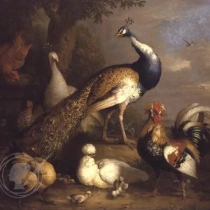

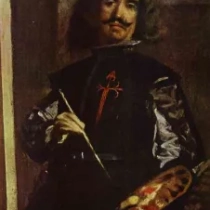

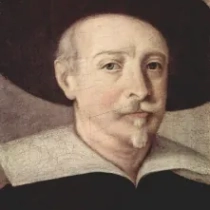
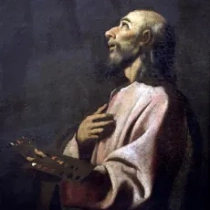






No Comments Yet...